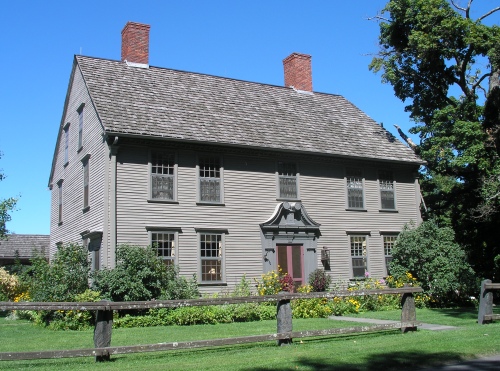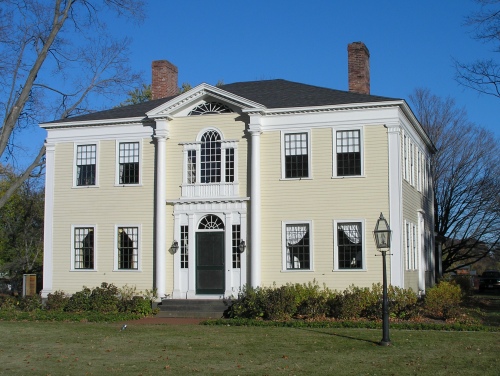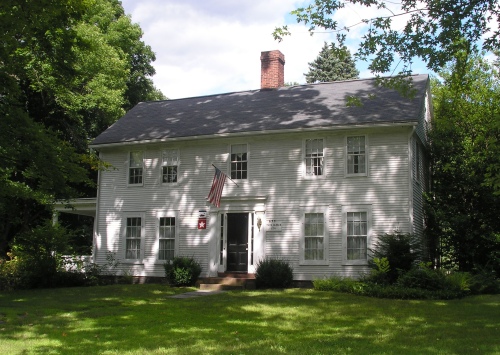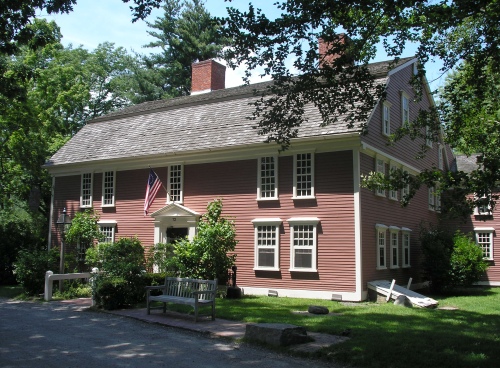Sackett Tavern (1776)

At 1259 Western Avenue in Westfield is Sackett’s Tavern, a landmark of Connecticut River Valley Georgian architecture. It was built around 1776 for Stephen Sackett, who ran the tavern. In 1800 it was sold to Titus Atwater, who operated a posting house, and it remained in the Atwater family until 1900 until it was purchased at auction by Mathew Pitoniak. For a time it was known as the Washington Tavern because it was believed George Washington had slept there. Left vacant for a time, the tavern was purchased and restored by Mr. and Mrs. William A. Fuller in 1962.





